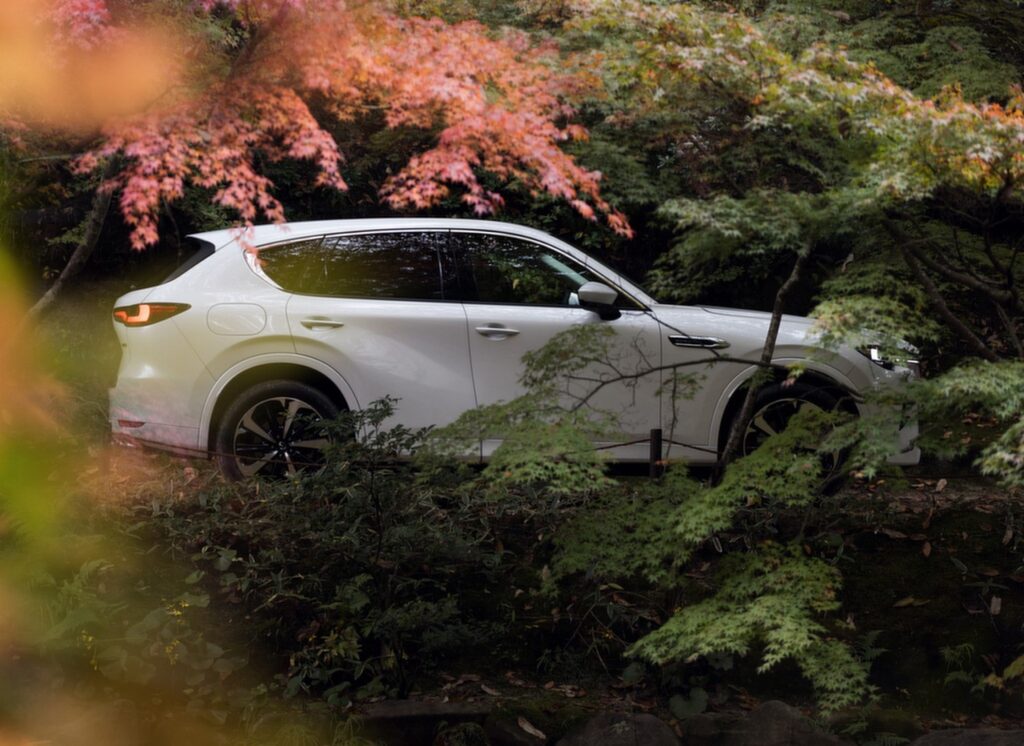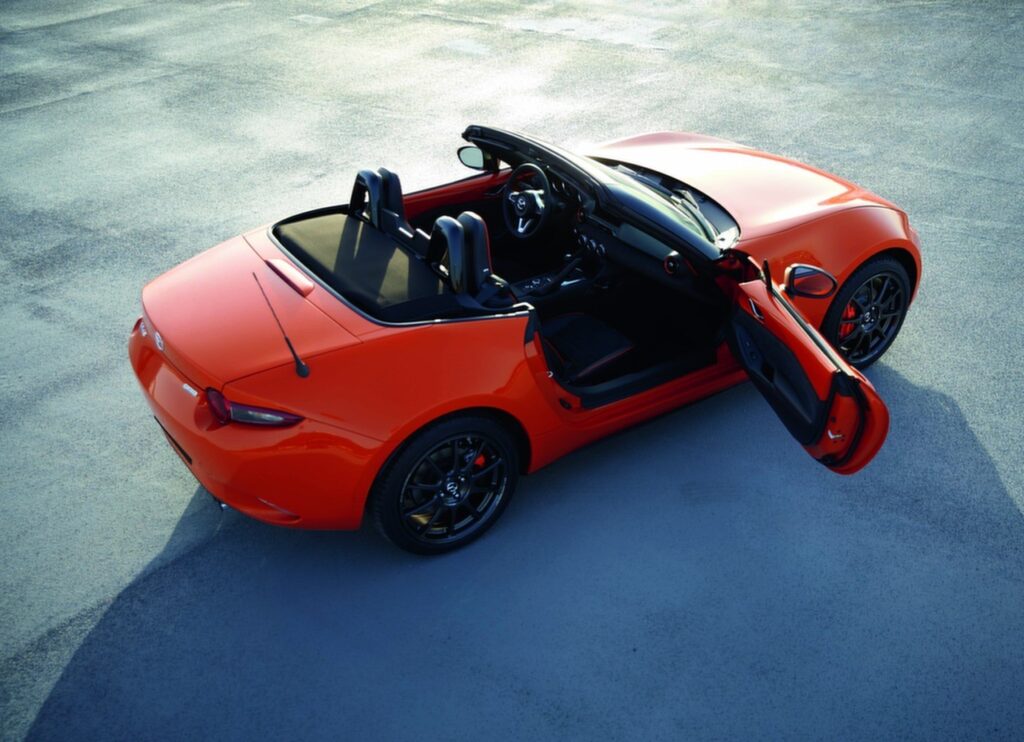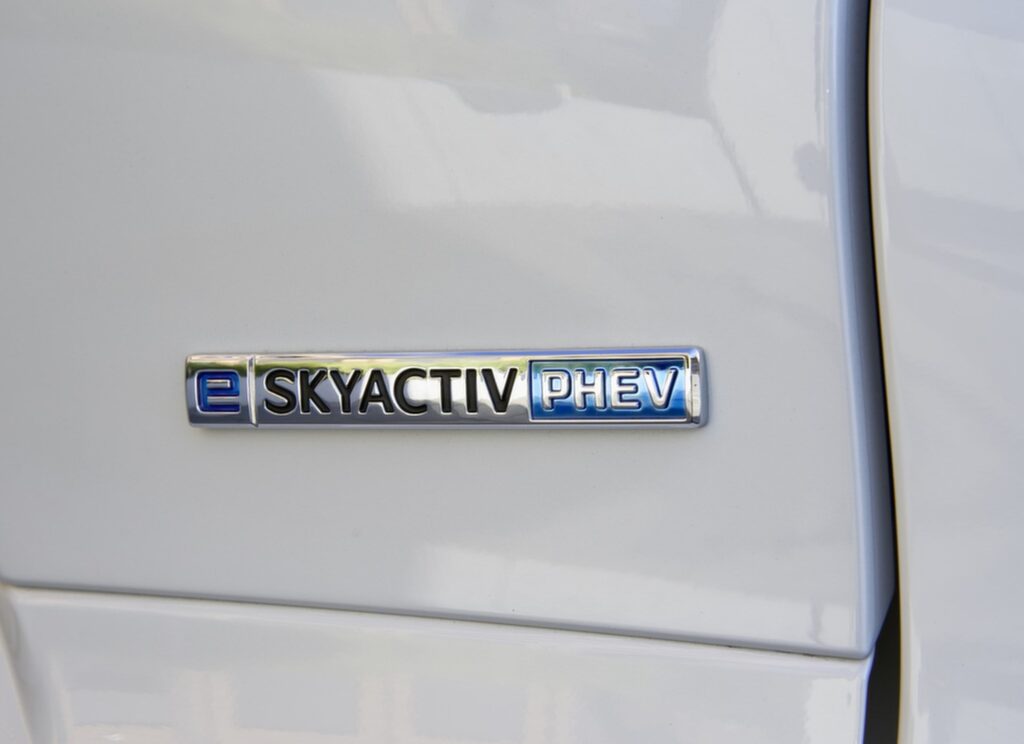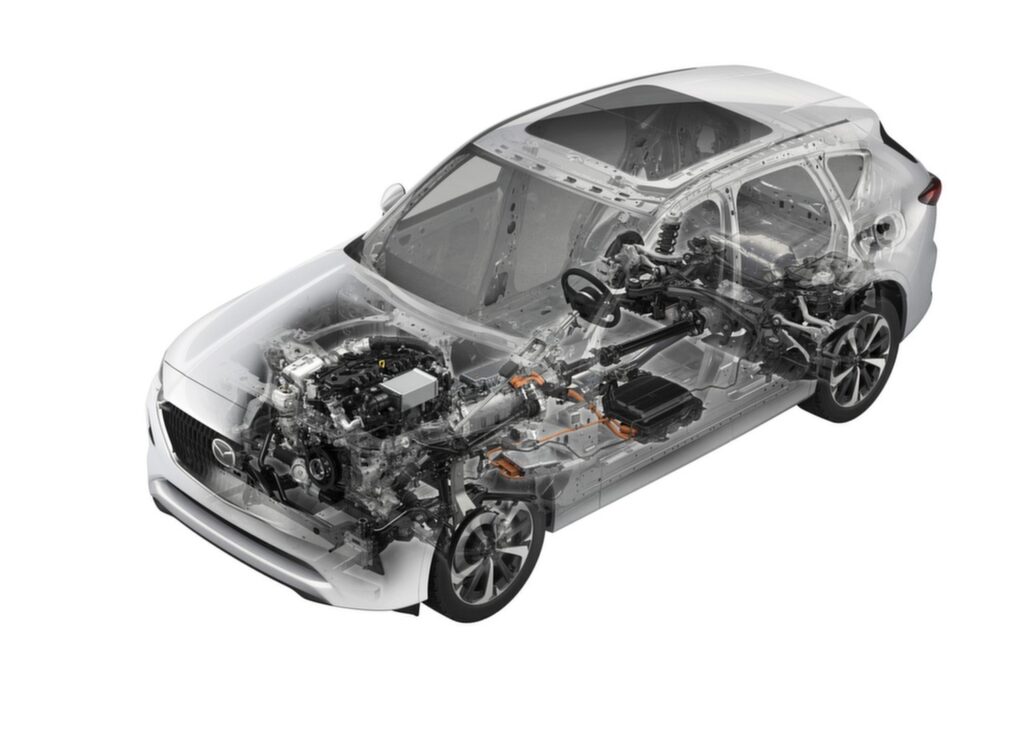Mazda hails from a land notorious for its reliable cars. Discover how this often-overlooked brand lives up to this reputation. The urgency to develop a practical and reliable automobile in the early 20th century mirrors today’s fervor to achieve practical and reliable space travel. During the 1920s, Ford pioneered a dependable roadmap for car production, establishing itself as one of the era’s most successful automakers.
Simultaneously, in Japan, the relatively unknown Mazda, then operating as Toyo Kogyo Co., Ltd, transitioned from cork manufacturing to vehicle production. Eventually, these two entities would forge a significant and enduring partnership in automotive history. Though not as widely recognized as Japanese counterparts such as Toyota, Mazda has garnered acclaim for its commitment to innovation and excellence, evident in iconic models like the revered Mazda R36, the beloved Miata, the distinctive Mazda REPU pickup, and the latest premium CX-90 SUV.


In an industry driven by economies of scale, Mazda proudly adopts a minimalist approach deeply rooted in traditional Japanese philosophies. Monotsukuri, a pivotal guiding principle at Mazda, prioritizes specialization, valuing and investing in craftsmen to refine Mazda products over time. The outcome is a consistently impressive reliability rating. According to Repair Pal, Mazda boasts a reliability rating of 4.0 out of 5.0, securing its position as the fifth most reliable brand out of 32 rated brands, with an annual repair cost of $462.
THE ART OF CRAFTSMANSHIP
Japan has earned a distinguished reputation for its automotive achievements and deep cultural respect. The country’s automakers integrate Japanese philosophies into their production processes, showcasing a unique blend of tradition and innovation. Toyota, for instance, places a strong emphasis on Jidoka, a philosophy that harmonizes automation with a profound human understanding and control. In contrast, Mazda aligns itself with Monotsukuri, a philosophy that centers around in-house manufacturing rather than outsourcing.

The core idea behind Monotsukuri is the belief that by producing everything internally, a comprehensive understanding of every facet of the process is achieved, leading to the development of highly skilled specialists known as Takumi. In a landscape where many global companies opt for outsourcing to streamline production and reduce costs, Mazda distinguishes itself by crafting each car part in-house. This commitment ensures meticulous attention to detail and efficient quality control throughout the manufacturing process. Additionally, Mazda leverages modern technologies such as 3D printers, CNC technology, and robotics to further enhance its production capabilities.
MAZDA’S PHILOSOPHY BROUGHT ABOUT THE ROTARY ENGINE
An emblematic illustration of Mazda’s success in adhering to the Monotsukuri philosophy is the development of the rotary engine, an innovation inseparable from the brand’s identity. During the 1950s and 1960s, when the Japanese government advocated mergers among automakers to create a globally competitive motoring sector, Mazda found itself on the verge of absorption.
The uncharted territory of the rotary engine became the focal point for a team of specialized engineers, led by the engine’s creator, Felix Wankel. This group of engineering enthusiasts championed ingenuity, resulting in Mazda’s inaugural rotary-powered sports car. While the reliability of this groundbreaking technology sparked debates, the introduction of the rotary engine coincided with a remarkable surge in Mazda car sales at the time.
Notable Rotary Engine Cars Include:
1967 Mazda Cosmos Sport 110s
1978 Mazda REPU (Rotary Engine Pick Up)
1974 Mazda Parkway Rotary 26
1988 Mazda RX-7
2011 Mazda RX-8
The Monotsukuri model, despite limiting economies of scale, facilitates the creation of a select number of cars held to stringent quality standards. This approach consistently allows Mazda to manufacture reliable vehicles. An additional advantage lies in the flexibility of assembly, permitting the production of various models on the same production line. This operational strategy has proven successful for Mazda, allowing them to embody simplicity and creativity while defying conventional norms.
MASTER CRAFTSMEN: THE TAKUMI ARTISANS BEHIND MAZDA’S PRECISION
Mazda’s reputation for brand reliability is meticulously maintained by a cadre of highly skilled artisans known as the Takumi. These experts dedicate years to honing their specific craft and mastering the intricacies of Mazda’s manufacturing processes. In a commitment to the perpetuation of their craft, these seasoned Takumi artisans take on apprentices, passing on their wealth of knowledge and expertise. This succession strategy ensures the cultivation of the next generation of highly skilled Takumi craftsmen, thereby sustaining the legacy of craftsmanship integral to Mazda’s brand identity.

MONOTSUKURI IS MULTIFACETED
Hacho: The design technique is employed to craft cabin interiors that ensure a harmonious and emotionally enriching atmosphere.
Jinba-Ittai: Meaning “horse and rider as one,” representing the close and intuitive connection between a Mazda and its driver.
Kaicho: It guides designers to select materials and textures that harmoniously complement each other.
Kansei: By prioritizing emotional connection in design, it enhances reliability through meticulous attention to detail.
Kodo: Meaning “soul of motion,” it represents Mazda’s distinctive design philosophy of putting life into the metal of their cars.
These design principles, which emphasize a driver’s emotional connection, intuitive control, and harmonious functionality, collectively contribute to the overall reliability and consistency of Mazda vehicles. This holistic approach fosters dependable performance, enhances driver satisfaction, and ensures uniformity across the Mazda lineup. By intertwining these elements seamlessly, Mazda not only creates cars that resonate with drivers on an emotional level but also establishes a foundation for enduring reliability and a consistently positive driving experience.
GRAM STRATEGY OF LIGHTWEIGHT CONSTRUCTION
Mazda’s commitment to weight saving traces its origins back to its inaugural fully-fledged car, the rear-engine R36. This compact vehicle was not only practical but also nimble enough to address the challenges of a struggling economy. This early focus on efficiency has evolved into what is now recognized as the Gram Strategy. This strategic approach involves meticulously shaving weight from every car component during the manufacturing process—a practice that Mazda has refined and perfected over the years. The Gram Strategy stands as a testament to Mazda’s enduring dedication to enhancing performance and fuel efficiency through innovative weight-saving techniques.
BIRTH OF AN ICON: MAZDA MIATA
Drawing inspiration from the distinctive Lotus Elan British roadster, Mazda seamlessly integrated its core principles of enjoyable driving experiences, authentic lightweight design, and affordable performance, all while upholding Japanese reliability, to give rise to the iconic Miata in the 1990s. This benchmark sports car has consistently stood out as one of the most popular and affordable options since its inception, maintaining its status as one of the topmost reliable subcompact cars in the market.
According to Repair Pal ratings, the current generation MX-5 Miata holds the 8th position out of 21 subcompact cars, boasting an annual cost of $429 and demonstrating less severe and less frequent repairs, leading to low ownership costs. The 2023 Mazda MX-5 Miata embodies the Gram Strategy with its near-perfect 50/50 weight distribution, Mazda’s kinematic posture control, and a monocoque unibody. Recognized as one of the 20 recommended sports cars by Consumer Reports, it attains an impressive overall score of 82.


Despite the Gram Strategy’s impact on slowing down the manufacturing process, Mazda’s design team emphasizes a collaborative approach involving everyone from the start. Encouraging input from all team members ensures that no idea is left to chance. This inclusive process breaks down barriers between departments, fostering a harmonious working environment centered around a shared objective of weight savings.
The Miata’s exceptional dynamic behavior is rooted in its remarkably lightweight, tipping the scales at just 2,345 pounds. This featherweight characteristic empowers the car with nimbleness and responsiveness, allowing it to deliver an engaging driving experience even with a seemingly ‘modest’ 181 horsepower engine. The harmonious interplay between the Miata’s lightweight design and its powertrain underscores Mazda’s commitment to creating a sports car that prioritizes agility and driving pleasure.
SKYACTIV EV SCALABLE ARCHITECTURE: BRIDGE TO THE FUTURE
Adapting to the evolving landscape of the automotive industry moving towards electric vehicles, Mazda has unveiled the ‘sustainable Zoom Zoom 2030’ plan as a strategic initiative for the gradual electrification of its fleet. The iconic ‘Zoom Zoom’ mantra, which gained popularity in the early 2000s through commercials aimed at resonating with a younger audience, has now been revived to steer the company’s electrification efforts. Originally associated with the playful imitation of a roaring engine using the “zoom-zoom” sound, the tagline has taken on new significance in the context of Mazda’s commitment to sustainability and the transition to electric mobility.

MAZDA IS NOT RUSHING TOWARD CARBON NEUTRALITY
Mazda’s vision of achieving carbon neutrality by 2050 is set to unfold gradually, with the introduction of the SKYACTIV EV Scalable Architecture platform in the midterm. This platform serves as a transitional step in Mazda’s journey toward fully electrifying its lineup. The ambitious endeavor has given rise to the Mazda MX-30, marking the automaker’s entry into the electric vehicle market.

While Mazda’s reputation for producing consistently reliable cars is well-established, the MX-30 faced challenges in meeting the expectations of a market saturated with various electric vehicle options. Nevertheless, Mazda’s strategic approach has always been geared towards long-term objectives, emphasizing agility and efficiency. As the company continues to navigate the evolving landscape of electric mobility, there is an expectation that Mazda’s commitment to improvement and long-term success will contribute to refining its electric offerings over time.


